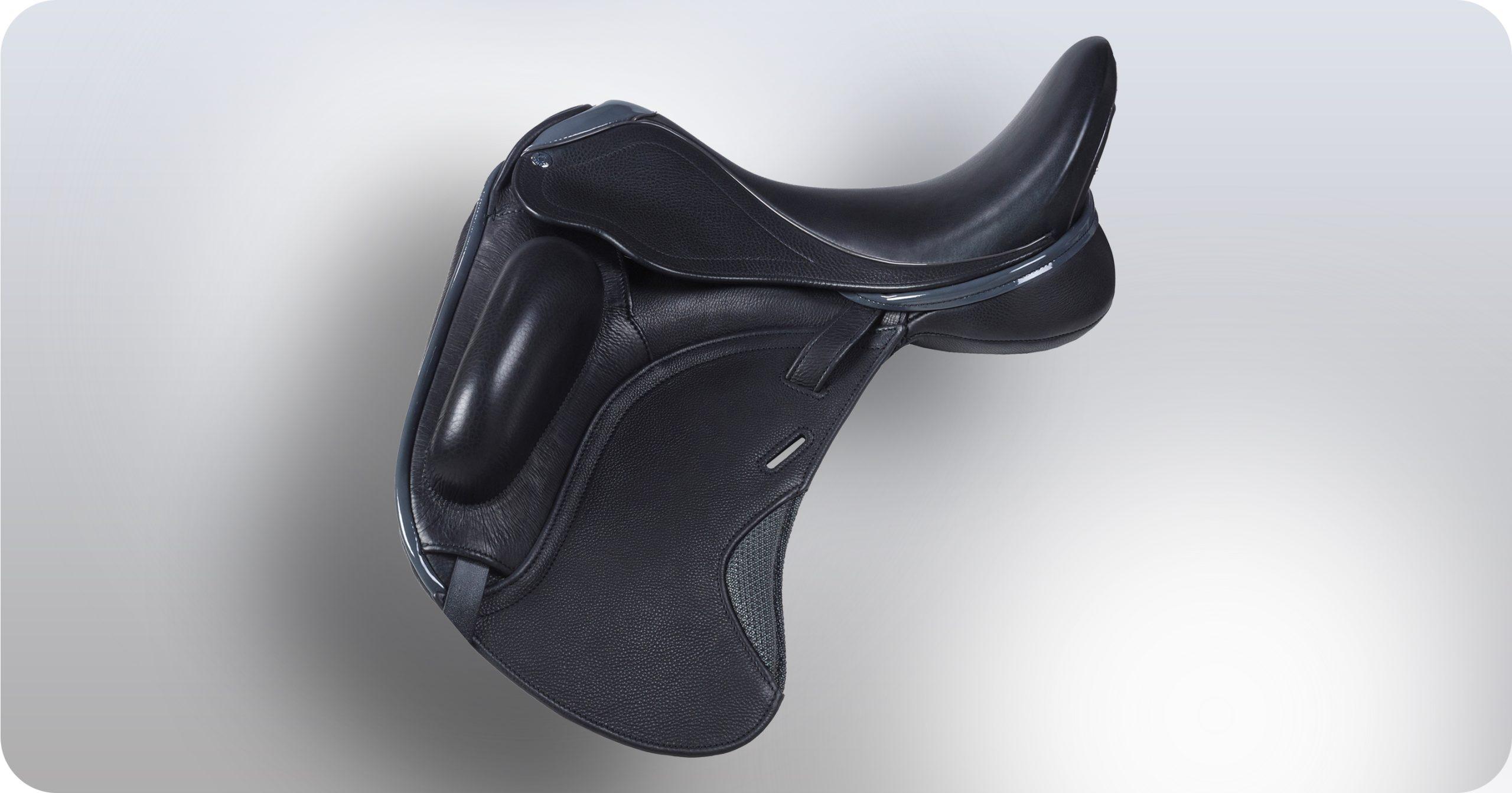As horse owners and riders, we all want our horses to be comfortable, pain-free, and performing at their best. One often overlooked factor that can lead to significant discomfort—and even long-term issues—is poor saddle fit. If your horse has been behaving unusually or seems stiff or sore, it’s worth considering whether the saddle could be the culprit.
Here are four tell-tale signs that your horse may be experiencing discomfort from an ill-fitting saddle:
1. Lumps, Bumps, and Skin Lesions Where the Saddle Lies
After a long ride, have you ever noticed round, fluid-filled swellings on your horse’s back that seem to appear suddenly and then disappear within hours? These are often caused by temporary pressure points from the saddle. They’re usually not painful but are still a sign of excessive pressure in that area.
More concerning are firmer, longer-lasting bumps that form on either side of the spine. These are a result of a low-grade inflammatory response to consistent pressure and can become chronic if not addressed. Over time, the continued pressure on these lumps can lead to open sores, which are painful and prone to infection.
 Watch for:
Watch for:
- Round swellings that appear within 20 minutes of unsaddling
- Firmer lumps that don’t disappear quickly
- Sensitivity or skin changes in the saddle area
2. Bruising and Sensitivity (Even When You Can’t See It)
Bruising on a horse’s back isn’t always visible to the human eye. However, your horse may react when you apply pressure with your hand or the saddle, especially in areas like the cantle panels under the rider’s seat.
This type of bruising often stems from poor saddle fit or from an unbalanced rider who bumps unevenly in the seat. If left uncorrected, chronic bruising can eventually lead to scarring, stiffness, and long-term soreness.
 Watch for:
Watch for:
- Flinching or twitching when you touch the back
- Reaction to grooming or saddling
- Resistance when mounting or girthing
3. Stiffness or Lack of Flexibility in the Back
When you run your hands down your horse’s back, you should feel a soft give. If your horse tightens, moves away from the pressure, or shows signs of evasion, it may indicate back stiffness or pain—which could be saddle-related.
Another test is asking your horse to do a simple carrot stretch. A horse that resists or struggles to bend comfortably could be showing early signs of saddle-induced stiffness.
 Watch for:
Watch for:
- Resistance to pressure along the spine
- Tight muscles or spasms
- Difficulty with lateral bending or stretches
4. Behavioral and Performance Issues
Poor saddle fit doesn’t just affect the back—it can impact your horse’s entire performance. If your horse is suddenly unwilling to collect, jumping flat, or showing a shortened stride, it could be reacting to discomfort.
More serious behavioral signs like bucking, bolting, tail swishing, or refusing to be mounted can stem from long-term pain. If no lameness or veterinary cause can be identified, your saddle should be the next place you look.
 Watch for:
Watch for:
- Deteriorating performance without an obvious reason
- High head carriage, clamped tail, tense mouth or nostrils
- Resistance under saddle or mounting refusal
When to Seek Help
If you’ve noticed any of the above signs, it’s time to involve both your saddle fitter and your veterinarian. Saddle-related issues can mimic or exacerbate other physical problems, so a team approach is always best.
At the end of the day, a well-fitted saddle is essential—not just for peak performance but for your horse’s overall comfort and wellbeing.
 Want to make sure your horse is comfortable?
Want to make sure your horse is comfortable?
Get your saddle fit checked regularly, and don’t ignore the subtle signs your horse may be showing you.
 Have questions about saddle fitting? Let us know in the comments or get in touch with your local fitter!
Have questions about saddle fitting? Let us know in the comments or get in touch with your local fitter!
